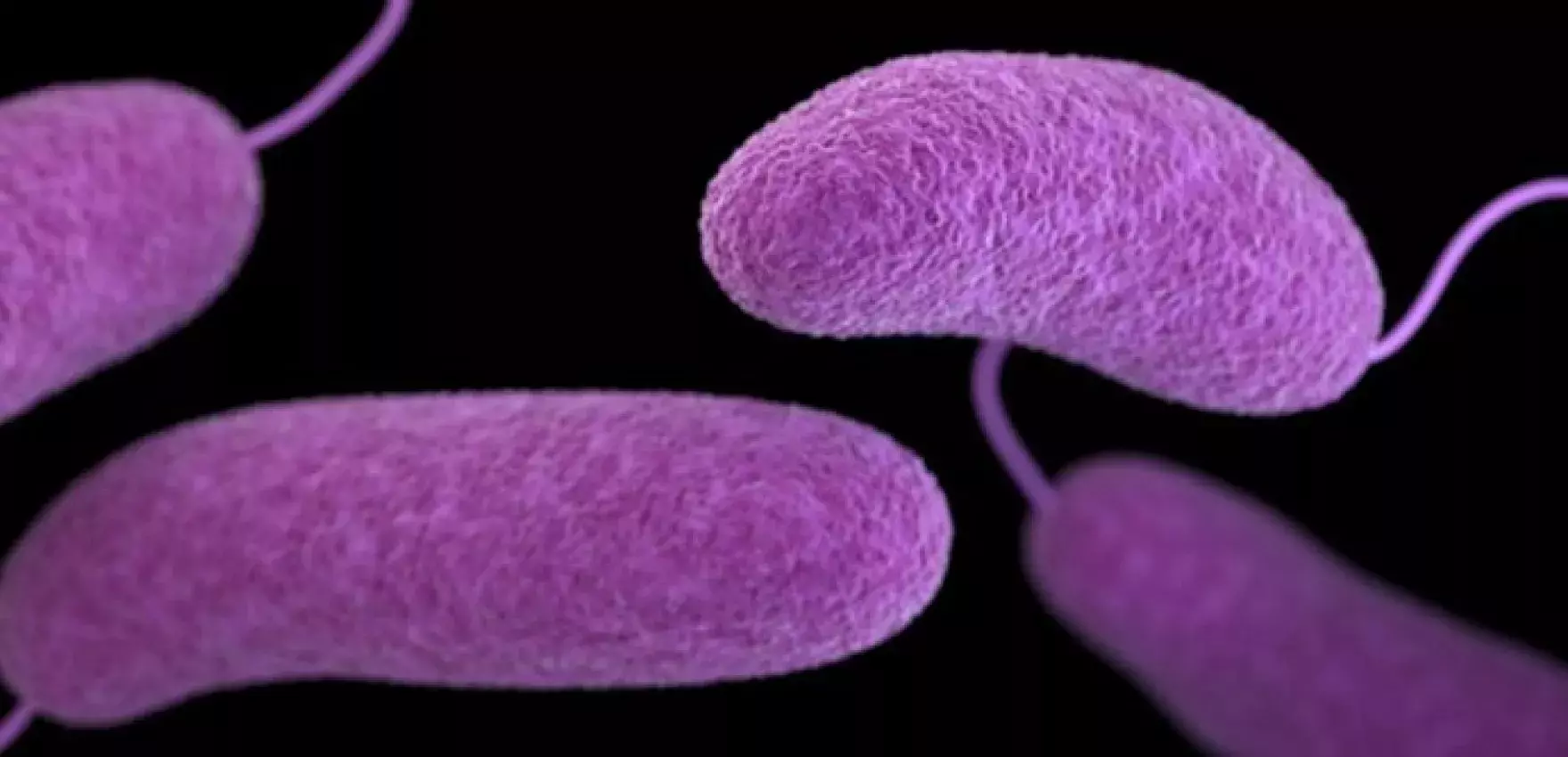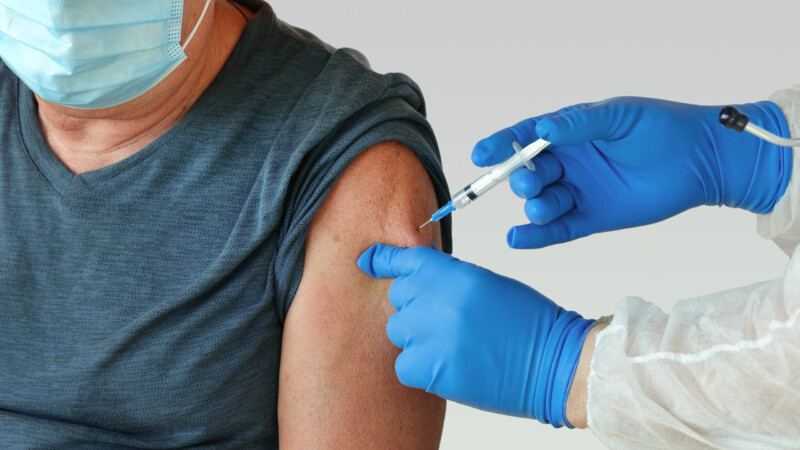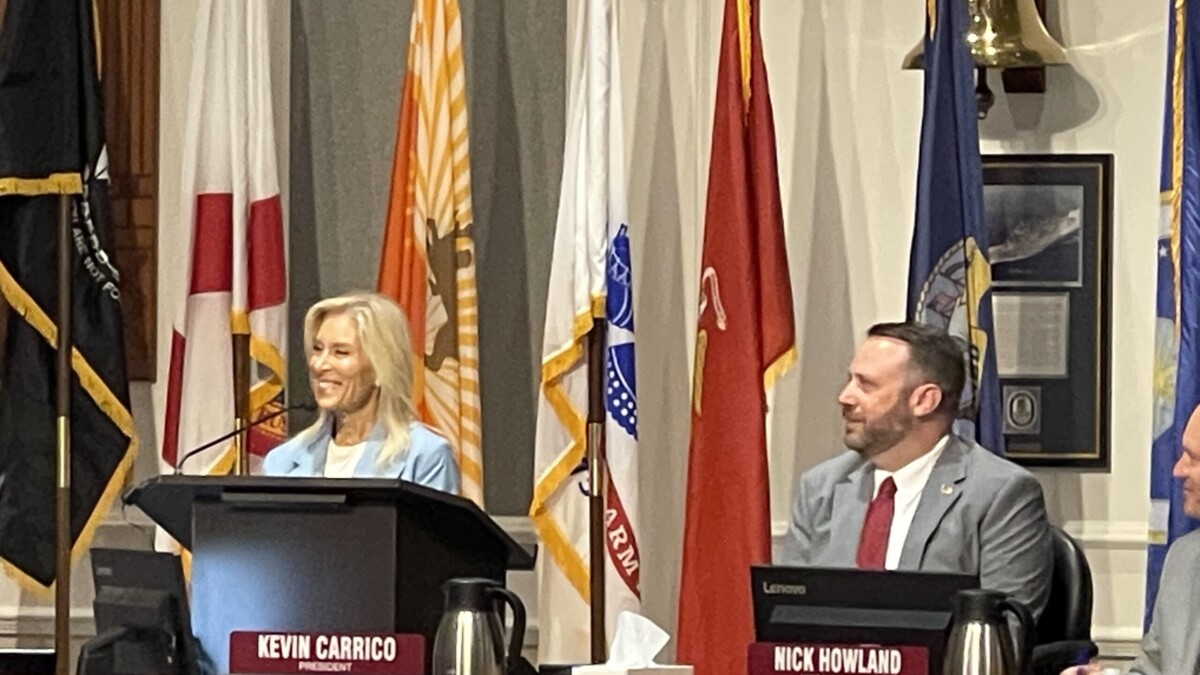A person in St. Johns County was one of four in Florida who have died this year from the so-called “flesh-eating” bacterium found in warm, brackish seawater and undercooked seafood.
The other deaths were in Hillsborough, Bay and Broward and counties, according to the Florida Department of Health.
Overall, 11 infections were reported through Monday, according to the health department.
The disease is caused by the Vibrio vulnificus, which lives in warm water and is called “halophilic” because it requires salt to survive, according to the Centers for Disease Control and Prevention.
Severe illness from Vibrio vulnificus infections is rare. However, if not treated early, it can lead to necrotizing fasciitis, which destroys tissue under the skin and can lead to death within days.
People become infected by consuming raw or undercooked seafood or exposing an open wound to seawater. Most infections occur from May through October when water temperatures are warmer.
The health department did not specify the sources of the new cases.
Symptoms include a skin rash, high fever and chills, vomiting, nausea and cramping.
In 2024, the health department reported 82 cases and 19 deaths from the bacterium. Officials said Citrus, Hernando, Hillsborough, Lee, Pasco, Pinellas and Sarasota counties experienced an unusual increase in cases due to Hurricane Helene.
The state experienced 46 cases and 11 deaths a year earlier.
In 2022, there were 74 cases and 17 deaths, most related to Hurricane Ian floodwaters in Lee County. In 2021, there were 34 cases and 10 deaths in Florida, and in 2020 there were 36 cases and seven cases.
The CDC estimates that about 80,000 cases occur each year, with about 52,000 resulting from eating contaminated food. Overall, the illness leads to about 100 deaths annually.







